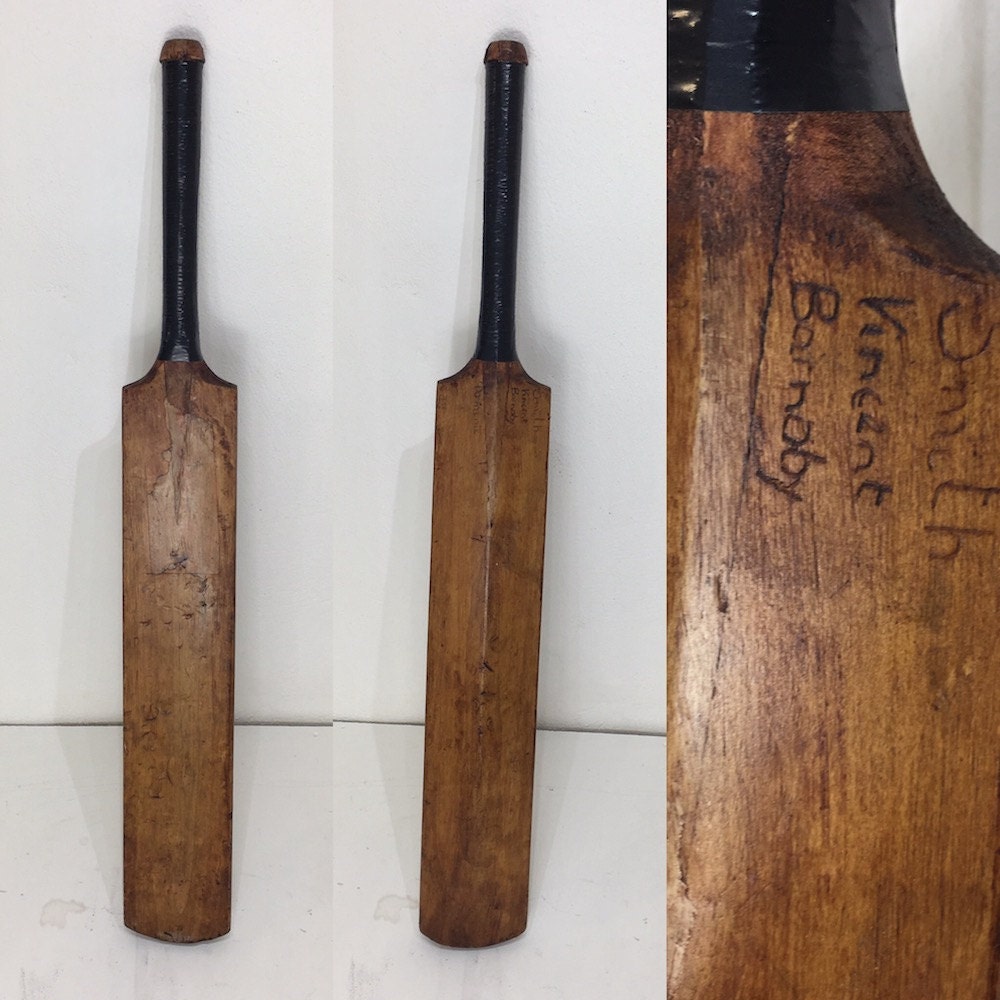
As a bonus, they’ve helped us know a bit about the sound of their long-lost world. Ever wonder about the name Confucius Does it sound to you more like an ancient Roman name If you answered yes to either or both of these questions. Like modern bushcricket species, the ancient male crickets probably sang to advertise their presence and reproductive quality to potential mates. This work shows that the anatomy to make music had already evolved over a hundred million years ago. According to ancient texts, as the weather cooled, they collected crickets and slipped them into. The study is in the Proceedings of the National Academy of Sciences. The imperial concubines of China ’s Tang Dynasty (618-907) had a rather lively autumn tradition. And based on physiology and the comparisons, they estimated the pitch and length of each note that the ancient species sang. The scientists concluded that the crickets produced single frequencies in short bursts. Even the stridulating organs, which insects rub together to make noise, were visible, which allowed researchers to compare the extinct cricket to 59 living species. The researchers got hold of a bushcricket fossil from the Jurassic period with well preserved wings. Each species of bush-cricket produces a sound unique to them, and females only respond to the song of their own species. Now paleontologists have reconstructed the song of a long-extinct bushcricket-based on its remains. The sound emitted by crickets is produced by the stridulatory organ, a large vein running along the bottom of one wing, covered with 'teeth,' which is rubbed against a plectrum on the other wing. TIDAL is the first global music streaming service with high fidelity sound, hi-def video quality, along with expertly curated playlists and original content making it a trusted source for music and culture. And they’ve been doing so for some 165 million years. obscura’s song is similar to the tunes emitted by Prophalangopsids for more than 100 million years.Crickets make a big contribution to the sounds of a summer night.

In fact his recent study on the insect, published Wednesday in the journal PLoS One, posits that P. obscura hits the same notes as its extinct relatives. student at the University of Lincoln in England, the species possesses sound-producing equipment nearly indistinguishable from its fossilized forebears, making it plausible that P. obscura has never been observed singing in the wild and is known solely from a single specimen discovered somewhere in India in 1869 and now housed in the Natural History Museum in London.īut according to Charlie Woodrow, a Ph.D. The most enigmatic of the eight modern Prophalangopsid descendants, P. However, a one-of-a-kind specimen of Prophalangopsis obscura may help replay these lost sounds. While related to modern crickets and katydids, these ancient arthropods left few direct descendants, making it difficult to decipher what these Mesozoic maestros sounded like. One of the noisier groups has been the Prophalangopsidae, a suite of singing insects that went mainstream during the Jurassic period when some 100 species clamored about.



And arthropods have been making a racket for hundreds of millions of years. Whether it’s a cicada’s earsplitting drone, a bee’s blaring buzz or a cricket’s incessant chirp, insects are a staple of summer’s score.


 0 kommentar(er)
0 kommentar(er)
